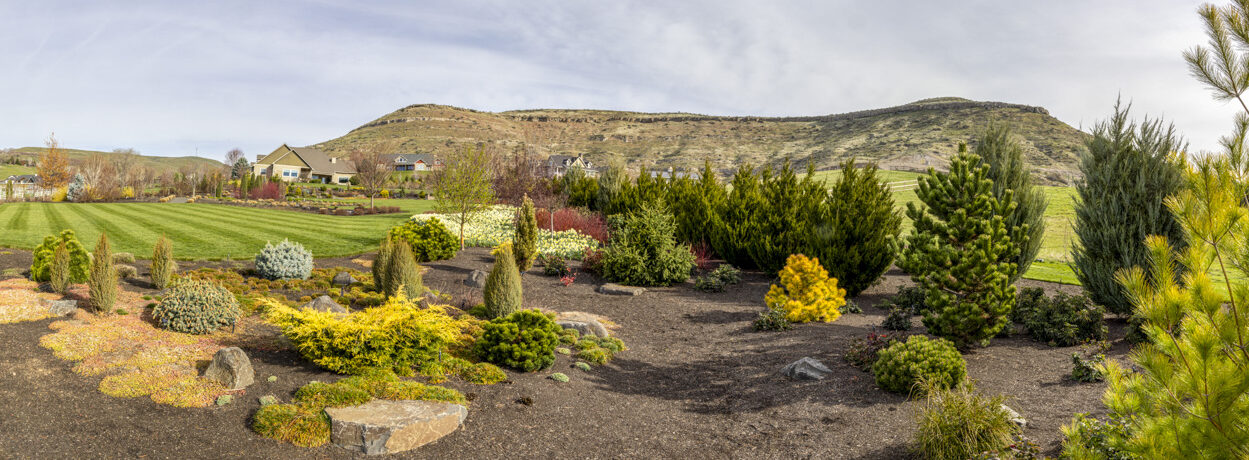
South of Sentinel Gap
Central Washington State
After passing through Sentinel Gap on our Saturday drive, I arbitrarily picked a side road and headed west toward the Columbia to see if I could get a different perspective of the Gap. The road ended up at a small boat ramp on a backwater pond near the river. The sun was just about ready to drop behind Umptanum Ridge. The late afternoon created a beautiful glow on the grasses and winter tree trunks. As a little bonus, I was able to get a piece fo the western ridge of Sentinal Gap in my image. For reference, the height of the water in the Columbia River approached the top of this ridge during the Missoula Floods. The area where I was standing when taking this image was at the bottom of Ice Age Lake Lewis. The water would have been several hundred feet above my head during the floods.


















